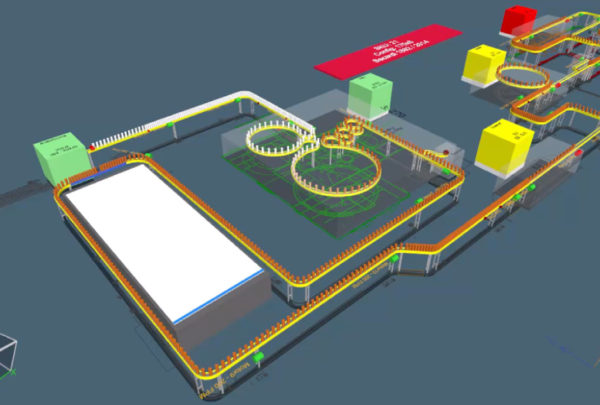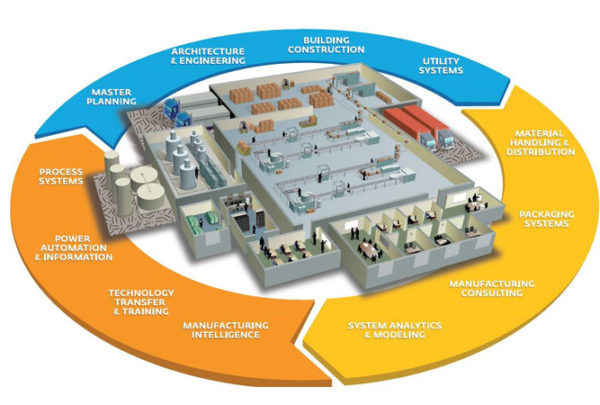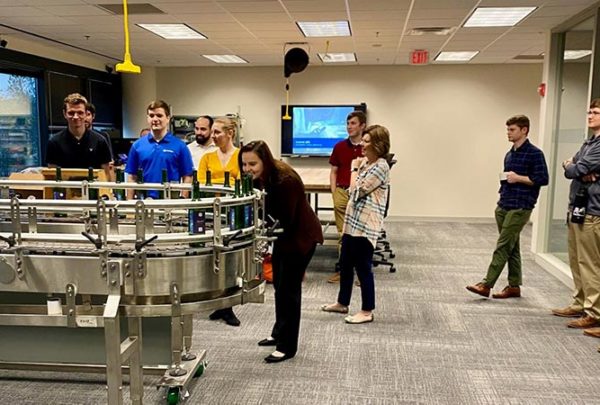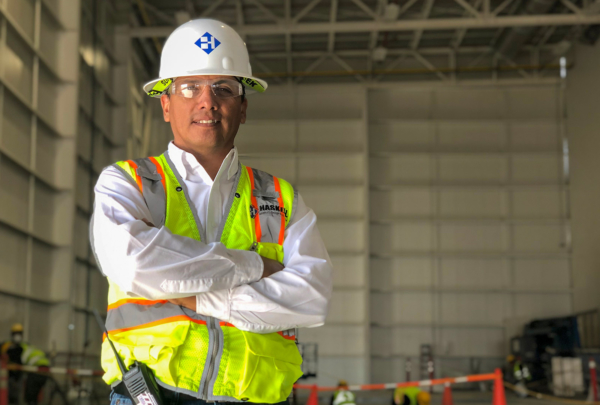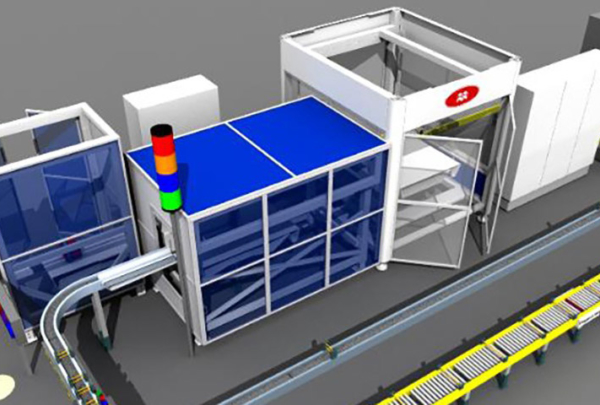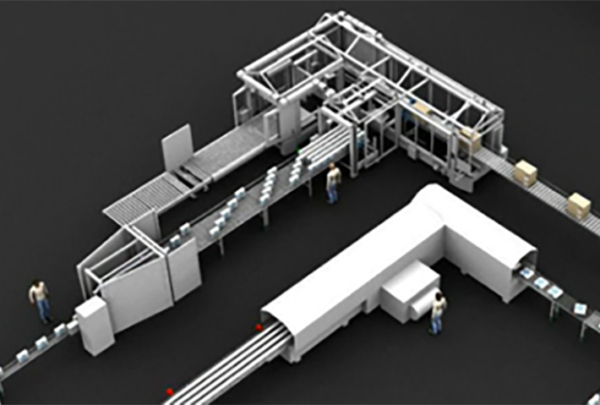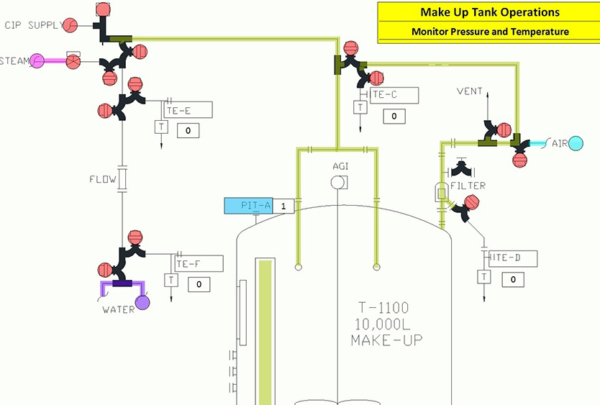Every large capital project will have unplanned and unexpected costs because it’s simply impossible to foresee and plan for every unknown. Successful project leaders focus on identifying and controlling costs and avoid having to approach the project stakeholders to request additional funding. So how do we, as project managers and leaders, determine how much funding should be allocated as contingency for a particular project? Is it 5%, 15%, 25%?
Unfortunately, there’s no simple fixed rule that will always tell us how much money to allocate for the unplanned and unknown. But with an analytical approach it’s possible to make a reasonable estimate. Here are a few key items you may want to consider in determining your contingency allocation:
Risk Analysis
If you haven’t created a project risk register, consider assembling one. Identify as many potential risks as you can that would have a significant impact on your project. Ask questions such as:
- What assumptions were made?
- What delays could occur?
- Are you using all new equipment or trying to refurbish that old machine?
- Might you need to upgrade utilities to support your new equipment?
- How much unfamiliar technology is involved?
- Is the project relatively simple or complex?
Next, consider the likelihood of each risk event and the impact if it occurs. From this, you can make a reasonable estimate of the financial impact of each risk and consider it in your contingency allowance.
Project Estimate Accuracy
Are your cost estimates for equipment, materials, and labor/services based on internal estimates, budgetary quotes or procurement level quotes? What is the experience and skill level of the estimator? What estimating techniques were used? The AACE (Association for the Advancement of Cost Engineering) has a published the following cost estimate classification which may be helpful in thinking about the accuracy of your project estimate.
Evaluate what level of accuracy you have at the time of project funding and consider adding contingency to specific project elements based on your assessment. Experience with a similar projects and knowledge of factors that have affected previous projects can offer keen insight to real costs and expectations.
Unknown and Undefined
At the time of project funding, some project elements are simply unknown and/or undefined. And experienced project managers will tell you that there is always something that comes up during the execution of a project that needs additional funding. Be sure to allocate contingency funds for these things as well.
Considering these factors and estimating potential risks and costs will help zero in on the right amount of contingency for your project. Haskell always includes these in project budget development and considers this approach a best practice.
If you’d like to discuss Haskell’s approach to project management and cost estimating, contact Doug Wear, Sr. Engineering Manager, at doug.wear@haskell.com.







